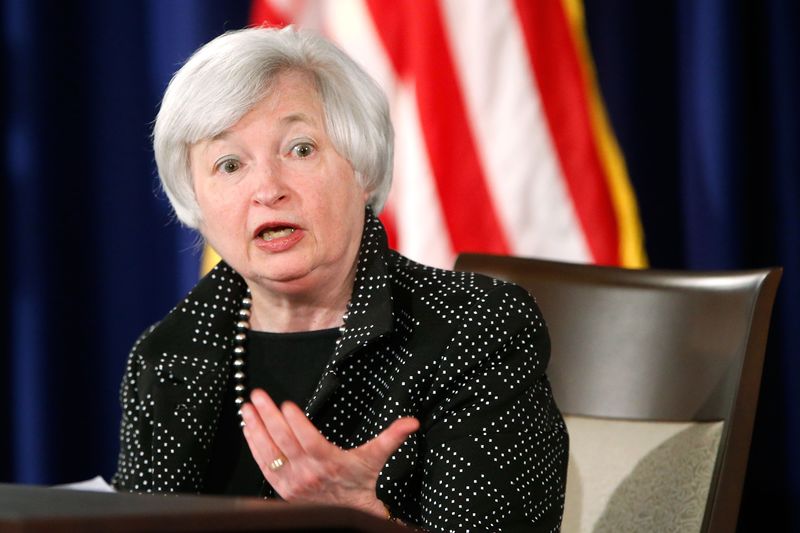


Investing.com – With one month to go until the Federal Reserve (Fed) announces its decision on U.S. interest rates on December 14, the recent election of Donald Trump to the presidency and corresponding speculation that his policies will spur growth and accelerate inflation have caused markets to price in a hike in a move that would be the first removal of policy accommodation in 2016.
It was in 2008 when the Fed responded to the financial crisis by cutting rates to a record low of near zero.
It was not until December 2015, that the central bank implemented its first policy tightening in a decade, increasing interest rates by 25 basis points (bp) to the current range of 0.25%-0.50%.
Fed officials then predicted that they would likely raise rates four further times throughout this year, but low levels of inflation along with concerns over global risks kept the central bank on hold so far this year.
Currently, most members of the Fed believe that they are close to satisfying their dual mandate of maximum employment and that inflation is ticking up towards the 2% target, paving the way for them to increase rates by another 25 bp at the December 13-14 meeting.
Trump-policy induced inflation could support a hike
The recent election of Donald Trump to the U.S. presidency has spiked speculation that his planned fiscal policies, including large tax cuts and federal tax credits designed to increase spending on infrastructure that could be worth billions of dollars, are expected to stimulate economic growth, but also spur inflation, reinforcing the view that the Fed will be able to move ahead with the removal of accommodative policy.
In the post-crisis, low-rate period, central bankers have globally clamored for governments to do their part and move forward with fiscal policy in order to support the economy, arguing that monetary policy was limited in its reach.
St. Louis Fed president James Bullard noted that the election result had not caused a “troubling” amount of volatility in financial markets and admitted that it “certainly breaks gridlock in Washington, which has been a key complaint of how the economy has operated” in reference to the fact that the Republican party now controls the presidency and Congress.
“We are basically on track the same way we were before the election,” he added.
Indeed, the experts continue to expect the Fed to tighten policy in December. 85% of economists polled in post-election snap survey done by Reuters said they expected the central bank to hike rates.
As market players eyed events, the odds for tightening at the end-of-the-year meeting briefly crossed 90% on Monday, last settling at 85.8%, according to Investing.com’s Fed Rate Monitor Tool.
That compared to 58.6% odds before the September meeting or 73.3% prior to the November decision to remain on hold.
Fed will look to data to confirm December hike
Even with most signs pointing to action in December, the self-proclaimed “data dependent” Fed will be keeping an eye on economic indicators to confirm that both employment and inflation continue to close in on targets.
The consensus expects official U.S. data on Thursday to show that consumer price indexinflation picked up slightly last month, up 0.4% on the month and 1.6% year-on-year. Core inflation, which removes volatile food and energy items, is forecast to remain at 2.2% from the year before.
The data will follow pre-election news that average wages grew 2.8% in October from the same period in 2015, its biggest increase since June 2009.
The Fed will see the most recent reading in the November employment report due out on December 2 which is also expected to confirm a healthy U.S. labor market.
Yellen could provide strong signal
In the meantime, markets will most likely focus on Fed chair Janet Yellen’s testimony on the economic outlook before the U.S. Congress Joint Economic Committee on Thursday.
Her comments will be monitored closely for any new insight on policy and Yellen could use the appearance as an opportunity to give a clear signal to markets in the wake of the recent election results.
However, her number two at the central bank already signaled last week that the Fed appeared ready to return to policy normalization.
“In my view, the Fed appears reasonably close to achieving both the inflation and employment components of its mandate,” Fed vice chair Stanley Fischer said last Friday.
“Accordingly, the case for removing accommodation gradually is quite strong, keeping in mind that the future is uncertain and that monetary policy is not on a preset course,” he explained.
Additionally, while Kansas City Fed president Esther George and Cleveland Fed chief Loretta Mester maintained their dissent at the last Fed meeting due to a preference to increase rates by a quarter of a point, some experts speculated that Boston Fed president Eric Rosengren may have withdrawn his own previous vote against the decision due to an internal agreement among Fed voting members to move in December.
Source: Investing.com







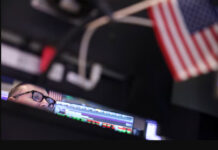
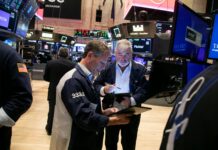
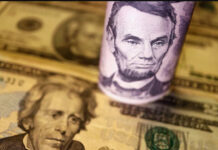










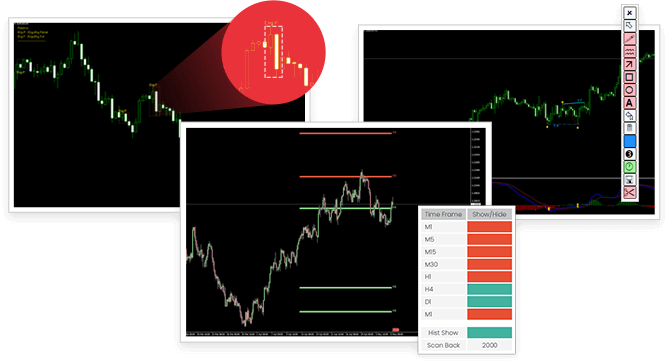
Good you shared it
Very good article